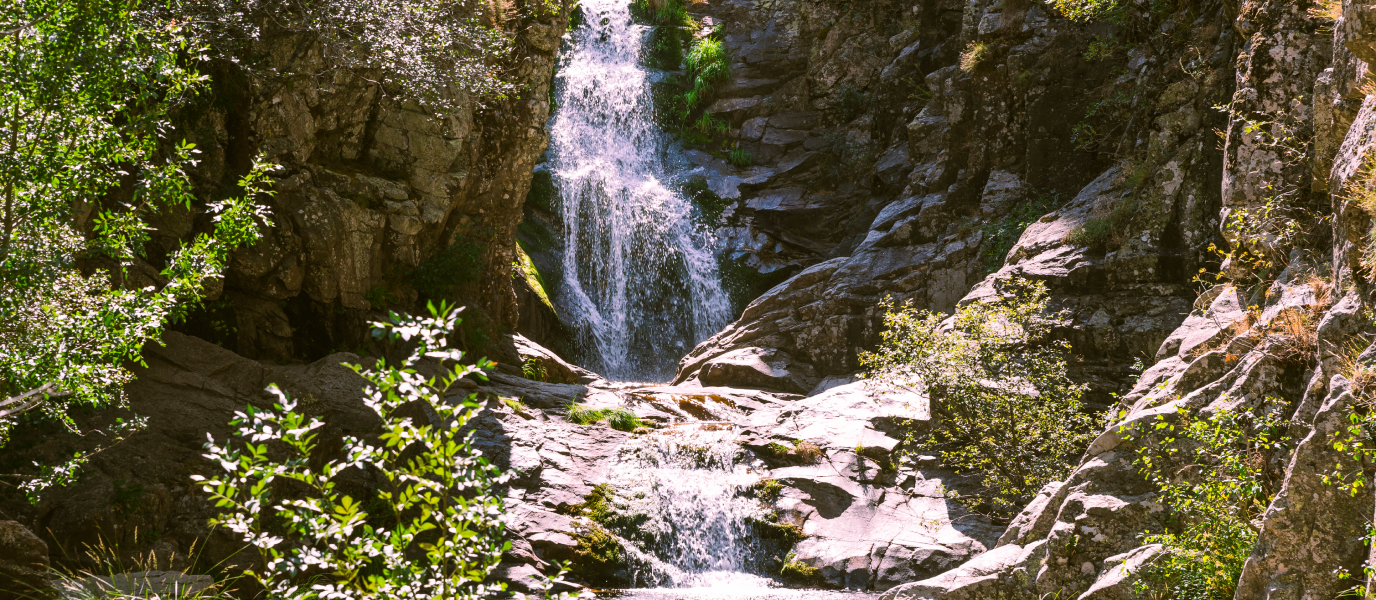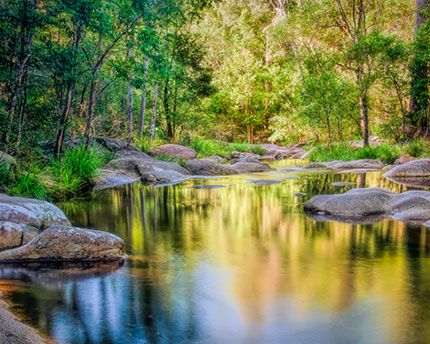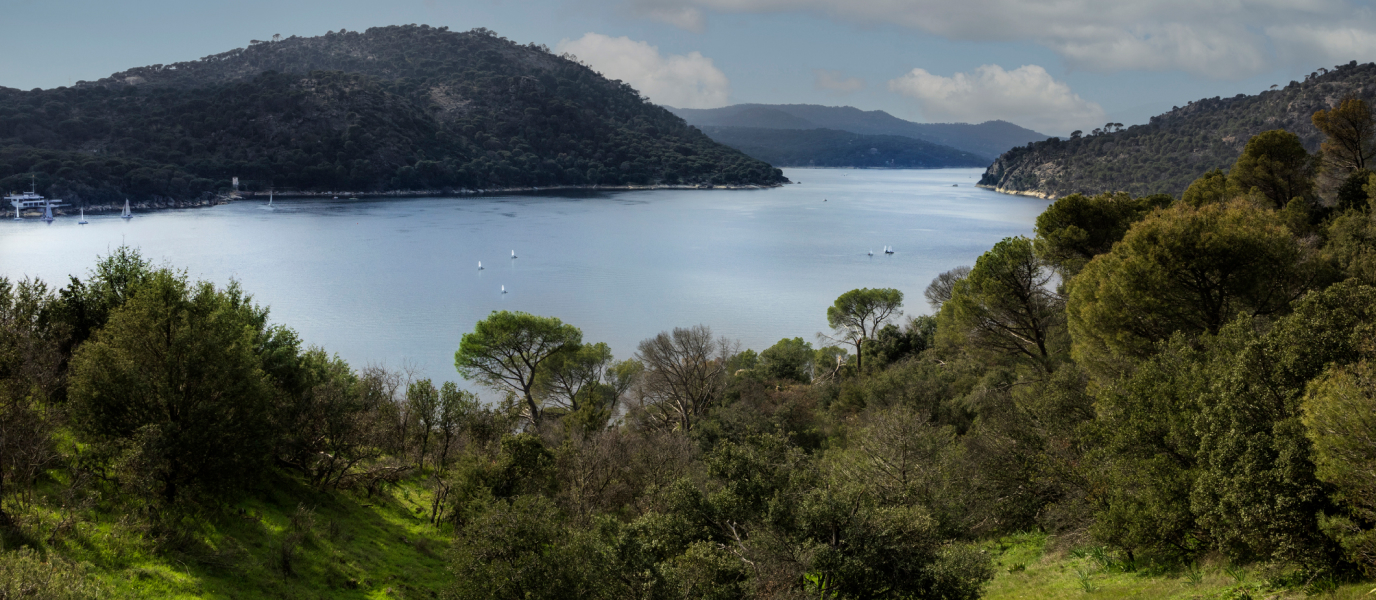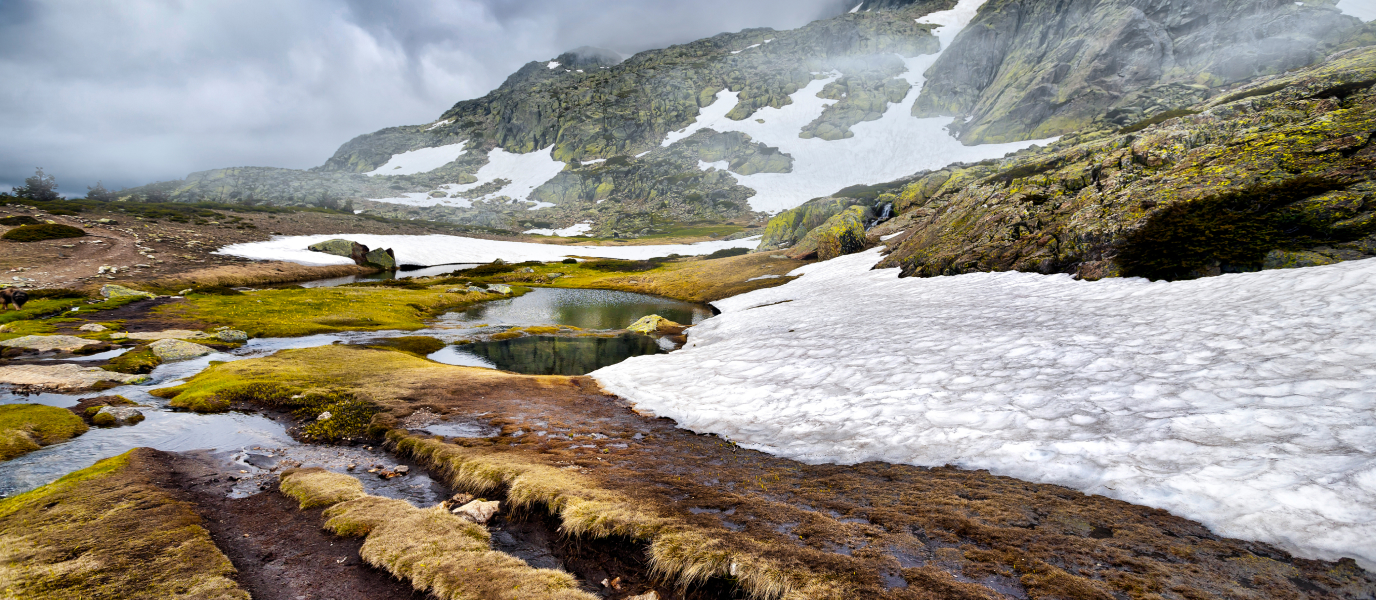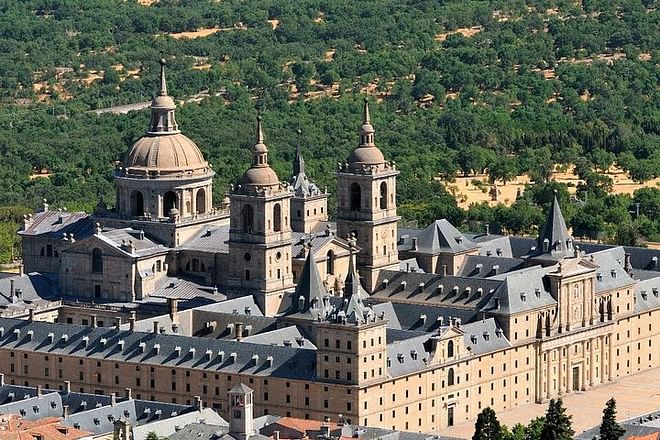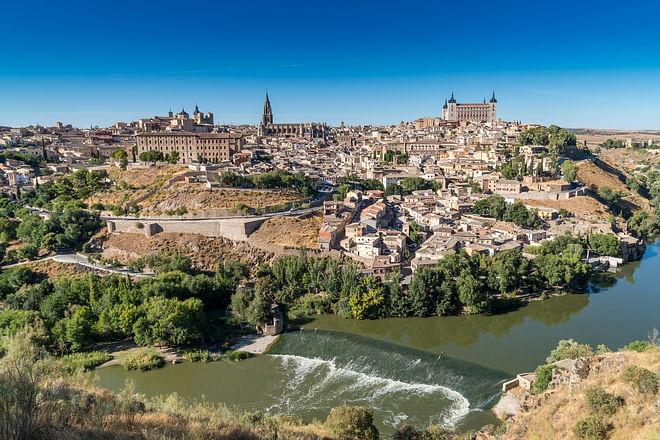The Sierra de Guadarrama, which lies less than an hour’s drive from the centre of Madrid, is the latest area to be designated as a National Park by Central Government (in 2013). That declaration (largely requested by experts, ecologists and nature protection organisations in general) only went ahead following the recognition of the many biological, geological and scenic assets of this enormous ecosystem covering almost 34,000 hectares, whose altitude reaches 2,428 metres at its highest point, the Peak of Peñalara.
Here a succession of vast coniferous forests, high mountain grasslands, snow-covered landscapes, huge rock fields, streams, seasonal waterfalls and lakes of glacial origin add up to an area of exceptional environmental value which is inhabited by a few endemic species and by others at risk of extinction in Spain.
Where is the Sierra de Guadarrama, and what is it like?
The Sierra de Guadarrama separates the autonomous regions of Madrid and Castilla León through the eastern part of what is known as the Sistema Central [Central System]. From a geological point of view, this mountain range is characterised by its huge formations of granite rock. The Sierra de Guadarrama itself consists of several cols, among which the Peñalara peak stands out, by virtue of its height and of its geological and biological uniqueness. Other significant features include the Camino del Nevero, Cuerda Larga, the Sierra de La Morcuera, Siete Picos, La Fuenfría, La Pedriza, Peña del Oso and Montón de Trigo. Many of these cols reach heights of over 2,000 metres, and are usually covered in snow throughout the winter and well into the spring.
Beneath these peaks, there are vast stretches of pine forests, Pyrenean oak woods, alpine grasslands and peat bogs with a glacial and preglacial landform.
The flora and fauna of the Sierra de Guadarrama
The Sierra de Guadarrama has enormous biological wealth. Many endemic species, mainly of flora, thrive here. The most important include:
- Wild pine (Pinus sylvestris Iberian)
- Wild broom
- Creeping juniper
- Psychroxerophile grasslands
Also in the area, there are 43 special trees recorded. All are enormous, hundred-year-old specimens, and ten of them are within the National Park itself.
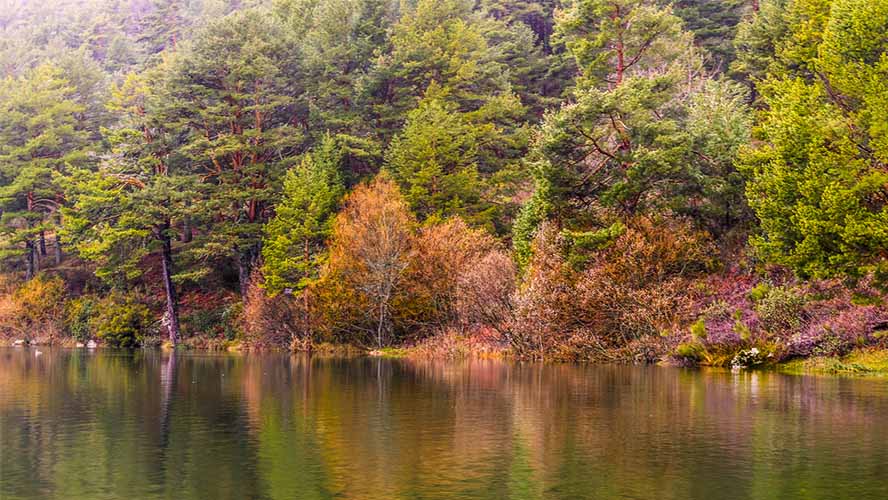
The Sierra de Guadarrama is also especially rich in birdlife, with 133 catalogued species. These include:
- The black vulture
- The Iberian imperial eagle
- The golden eagle
- The alpine accentor
- The bee-eater
- The chough
- The barn owl
- The red kite
- The wood pigeon
Where mammals are concerned, the star attraction is the ever-increasing population of Iberian wolves. However, the herds of roe deer and mountain goats also merit attention, as well as the voles, badgers, and a species that has unfortunately acclimatised perfectly to the Sierra de Guadarrama, and which causes widespread problems with the native colonies of small mammals: the American mink.
Of course, one must not forget the presence of reptiles such as the Iberian emerald lizard, Cyrén’s rock lizard, wall lizard, fire salamander and the European smooth snake.
Essential places to see in the Sierra de Guadarrama
The Sierra de Guadarrama abounds in places that are remarkable both for their beauty and for their geological and biological riches. These are probably the most breathtaking:
- The Lagunas de Peñalara (located at the foot of the highest peak of this range) are of the glacial type. Occupying an altitude of 2,000 metres, they are accessed by foot, using a well-signposted footpath leading from Puerto de Cotos.
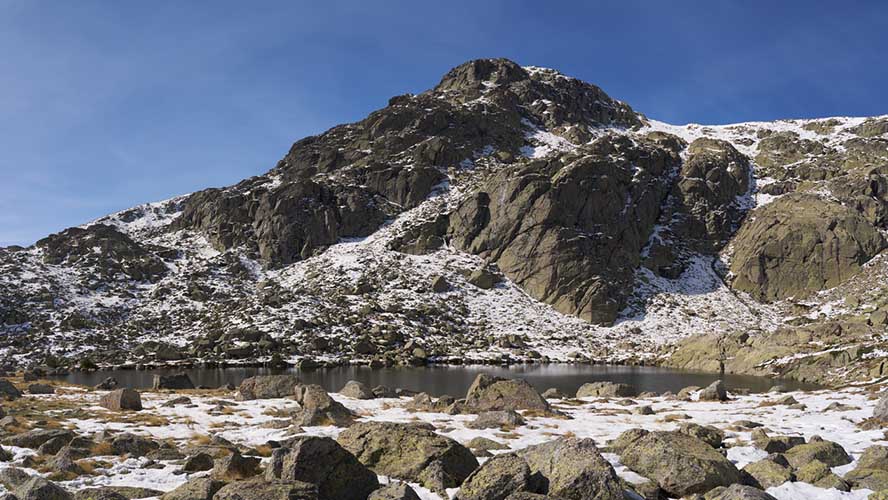
- Valle de La Fuenfría: Half way between the port of Navacerrada and Las Dehesas de Cercedilla, this is an outstanding sight thanks to its alpine meadow surrounded by pine woods. This area can be reached via the so-called Camino Schmidt and an old Roman road.
- La Pedriza: probably the most awe-inspiring place in the Sierra de Guadarrama from the geological point of view. An area littered with crags, rock faces and scree. It is very popular with rock climbing and caving enthusiasts.
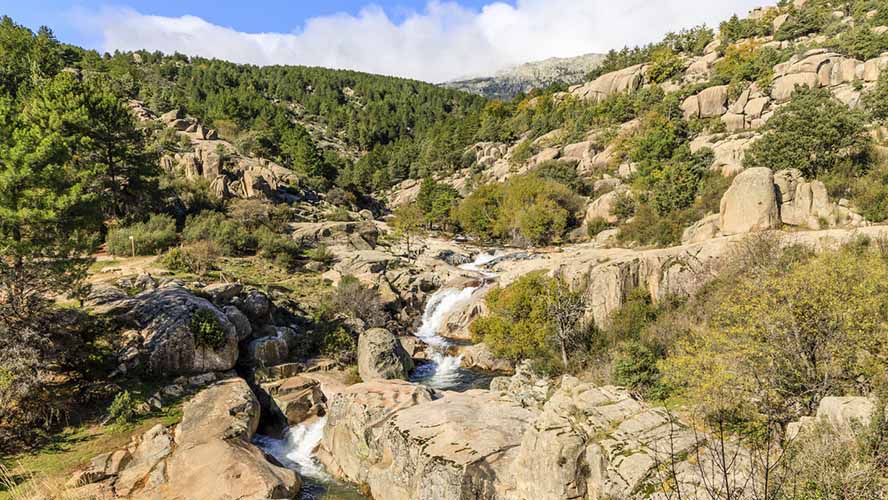
- Montes de Valsaín: on the northern slope of the Sierra de Guadarrama, in the province of Segovia. Of this area of 10,000 hectares, 75% is covered in pine woods. A site of considerable historical significance, as it has been used by humans since time immemorial as a pass between Spain’s Meseta Sur [Southern Plateau] and the Mesta Norte [Northern Plateau].
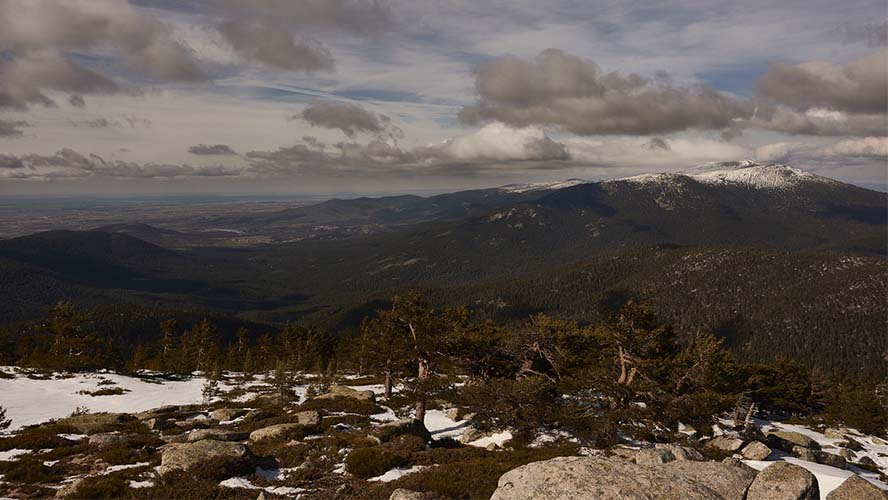
- Valle del Paular: contains some of the sierra’s steepest slopes. However, at the lower level around the municipality of Rascafría, is a recreation area with natural swimming pools, as well as the Monastery of Santa María de El Paular. This is undoubtedly one of the outstanding sacred treasures of the Region of Madrid.
Restrictions on access to La Pedriza
With some exceptions, the Sierra de Guadarrama National Park is easily accessed in a private vehicle. Generally, close to each of the visitor centres and as near as possible to the various natural landscapes, there are designated areas where you can leave your car.
The greatest access restrictions apply around La Pedriza, in order to prevent traffic damaging this particularly fragile environment. Therefore, access is controlled by a barrier known as La Camorza, and the maximum number of cars per day is 270, parked at the same time. For this reason, during the warmer months, you are advised to arrive in the area very early in the morning.
























































